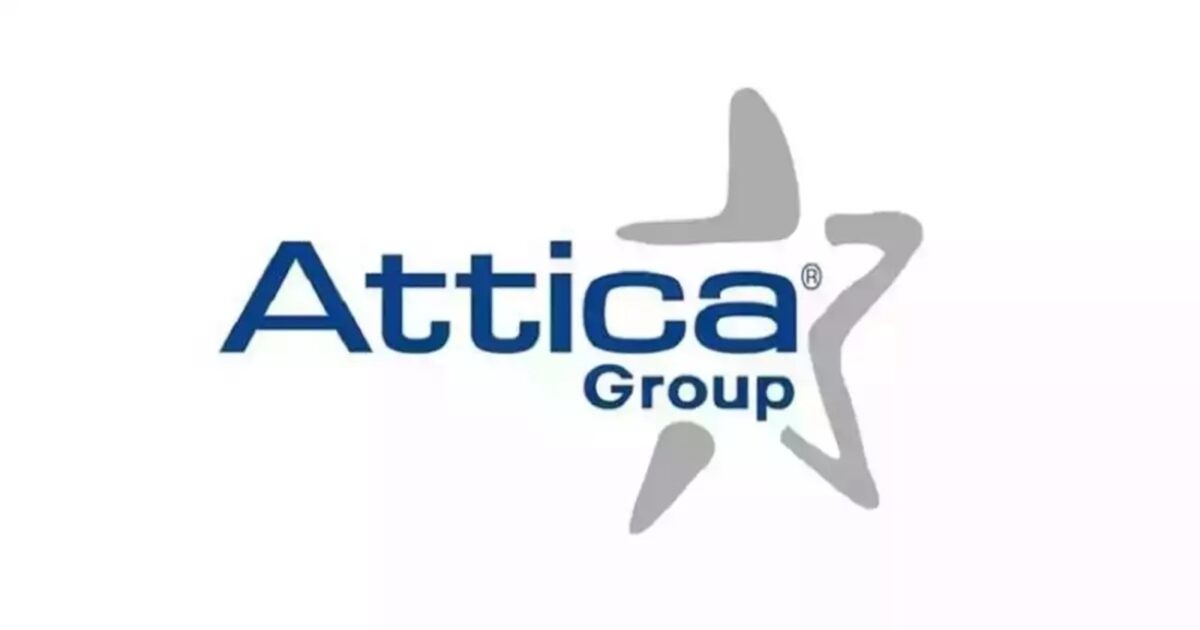The ferry group enters the radical renewal and technological transition phase Attica Groupwith a new investment program of € 700 million, focusing on the construction of new high -generation high -speed boats and conventional ships, with increased lorry capacity and lower environmental footprint.
Priority is given to the Argosaronic Group, with the enhancement of the Attica Group fleet with two or three new Aero Catamaran, while the design also includes the building highspeed highway.
Company executives, who is the first in the world in terms of passenger capacity, have noted that the main need for the public is rapid access to high quality destinations.
The addition of two high speeds from Piraeus to Cyclades – Crete in the summer of 2025 has already been announced.
However, the implementation of investments in the new highspeed ships depends on the course of green fuels, with the company waiting for developments before proceeding.
At the same time, the addition of a new conventional 145 -meter -long ship for the Aegean is planned, with a higher shipping capacity for trucks.
According to the Group’s executives, the service of the islands on a 12 -month basis depends largely on the trucks, making the relevant infrastructure on ships and their capabilities as strategic importance for the viability of ferry lines.
The Group also intends to boost its investment in the RO-Ho sector as part of the strategic diversification of the ferry product and the acceleration of the service of popular island destinations, such as the Cyclades.
The new ships, including catamaran, will carry passengers and trucks, while planning the development of low -consumption speeds for the Argosaronic.
They also pointed out that despite the disposal of European funds, the projects of port infrastructure in our country are being implemented slowly, noting that there can be no new ship without a port capable of welcoming it and that it is unacceptable for a project to construct a pier to be licensed.
At this point they acknowledged that for the first time, the EU recognizes shipping as a critical factor, and so Europe has announced an investment axes for the green transition of ships and ports.
Charge from energy costs and fuel
Attica Group implements its new investment plan in a particularly demanding and unstable economic environment, while operating costs have increased by at least 25% in recent years.
The decisive factor of costing costs are fuel. Although European regulations (SECA, ETS, Fueleu) make it necessary to transition to alternative fuels, biofuel is currently costing about 1,400 euros per tonne – almost three times as much compared to heavy shipping oil (HFO).
Company executives point out that at these levels, the ferry ticket is becoming unsustainable and that in this direction the state should take initiatives.
The implementation of the emissions trading system (ETS) implies additional burdens for companies. From 01.01.2026, 100% of the cost of emissions will be paid, and this year the charges have reached 70%.
It is noted that in 2024 Attica was burdened with € 18.9 million for the purchase of rights of pollutants in the context of new European policy.
Despite the obligation of the green transition, it remains unclear whether – and how – the biofuels will be subsidized, which act as a hindrance to future investments.
Company executives are calling for clear answers to utilize revenue from pollutant rights. The central government in this regard should answer whether these amounts will return to the ferry market in the form of a subsidy.
The company estimates that changes in the fuel sector will be tectonic, with final decisions on new ships depending on the direction the market and European policy will take.
Despite the challenges, Attica has already launched the renewal of its fleet, withdrawing ships such as “Crete” and “Crete II”, reducing the average of 8 years by 2030.
The green transition strategy is based on the following key pillars:
- Replacement of ships
- Construction of new ships – conventional and high speeds
- Optimized energy efficiency.
In this context, an agreement has already been signed on the construction of two E-Flexer vessels with Stena Roro at China’s CMI Jinling Weihai yard. Their receipt is scheduled for April and August 2027. The ships are Methanol and Battery Ready, with the possibility of using three types of fuel.
At the same time, the company intends to strengthen its fleet in the Saronic Gulf by acquiring two more Aero Catamaran, a larger capacity than the three already included in its fleet by 2022.
Passenger movement
Passenger traffic for 2025 appears slightly reduced – by 4% compared to 2024 – mainly due to the effect of Santorini and geopolitical developments. However, the movement of vehicles and trucks increases by approximately 2%.
Source: RES-EIA
